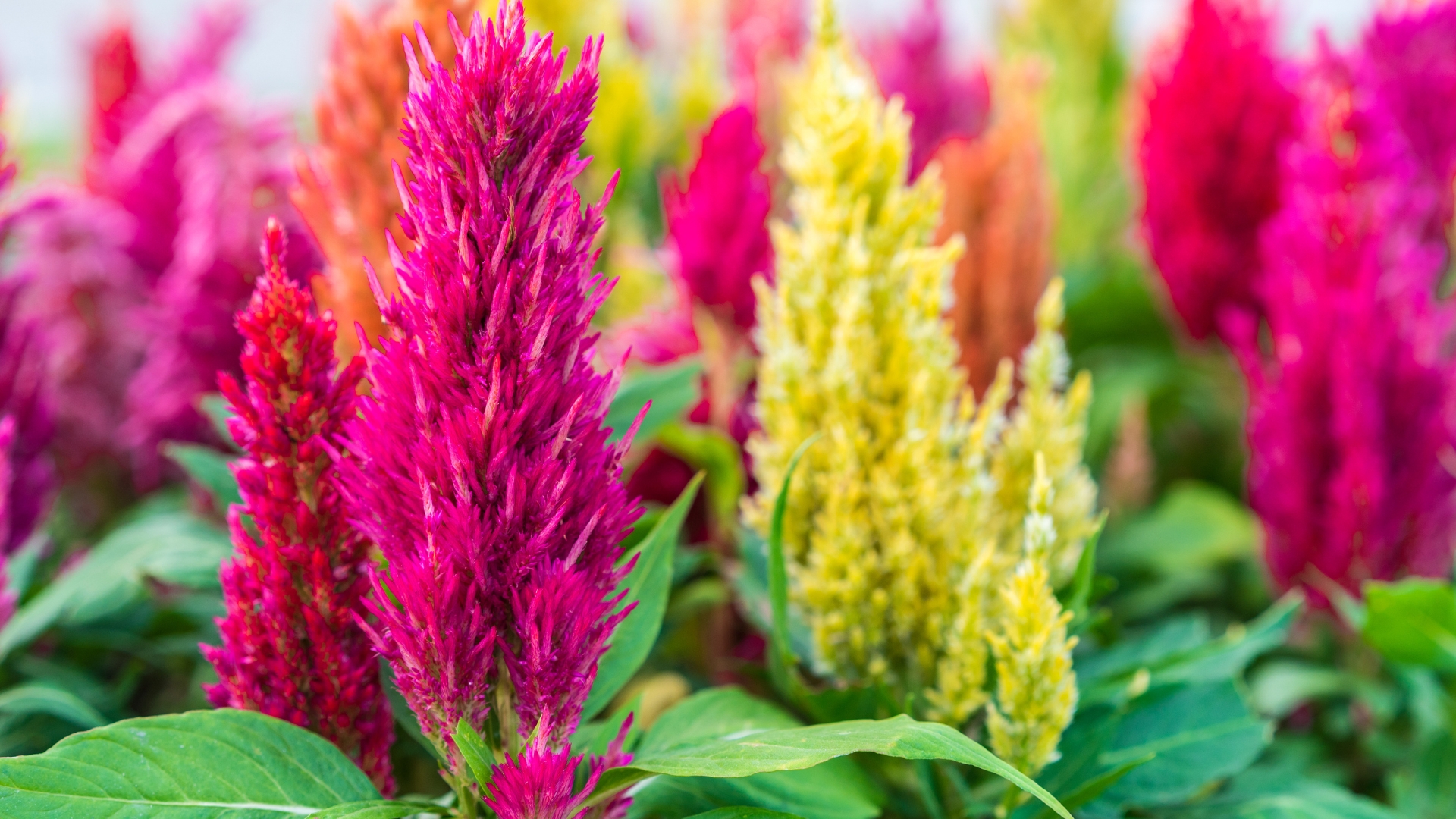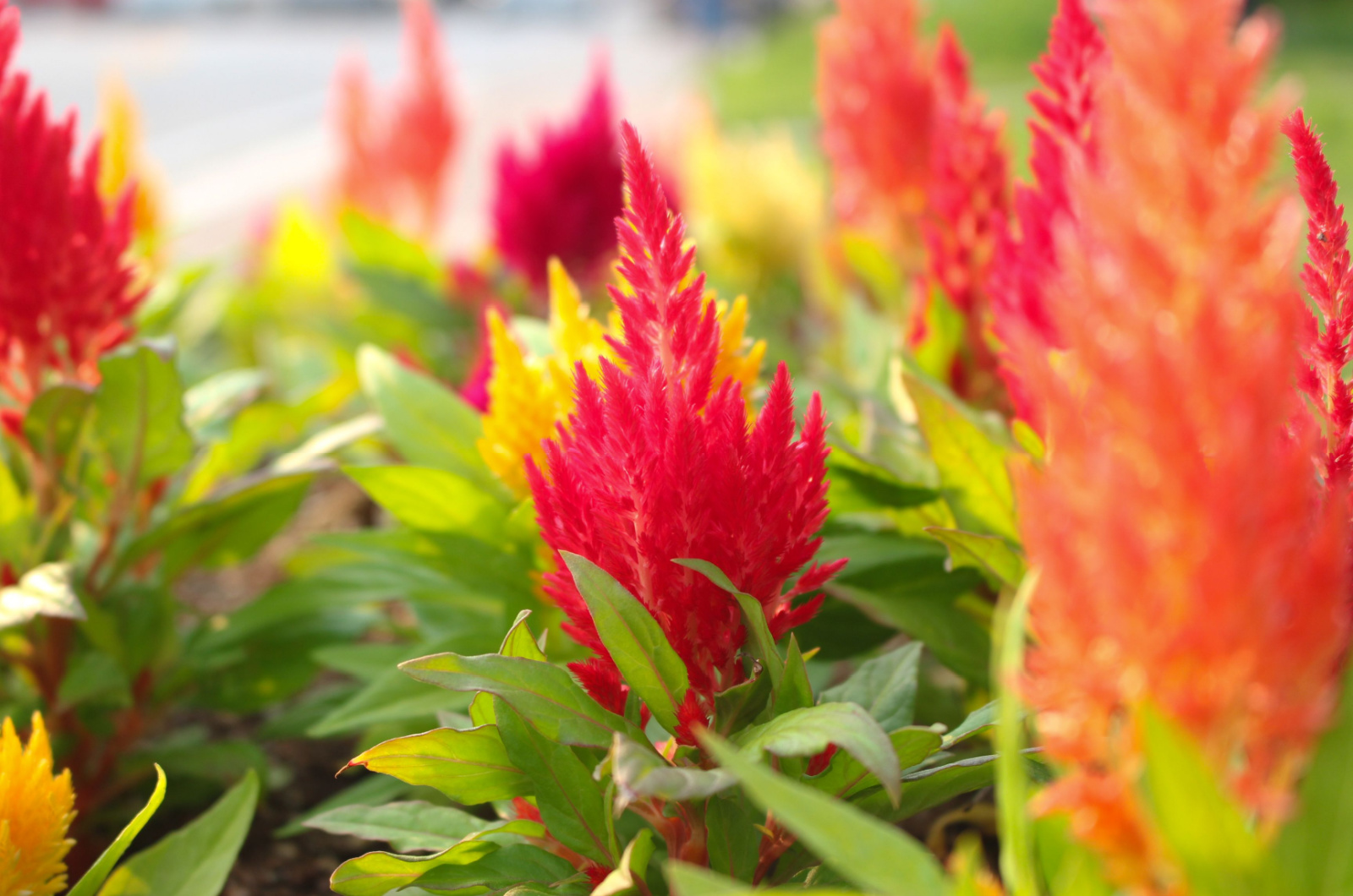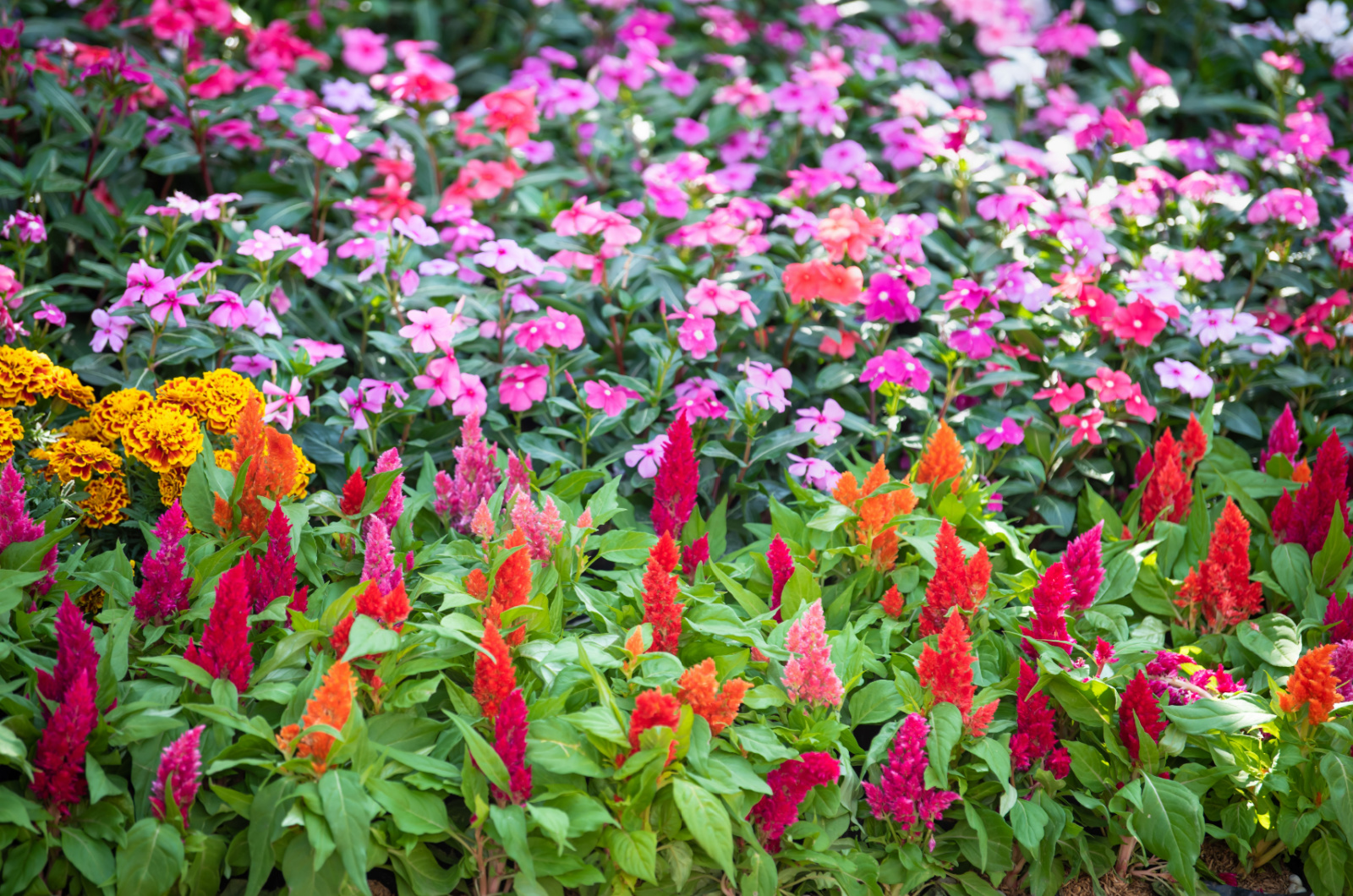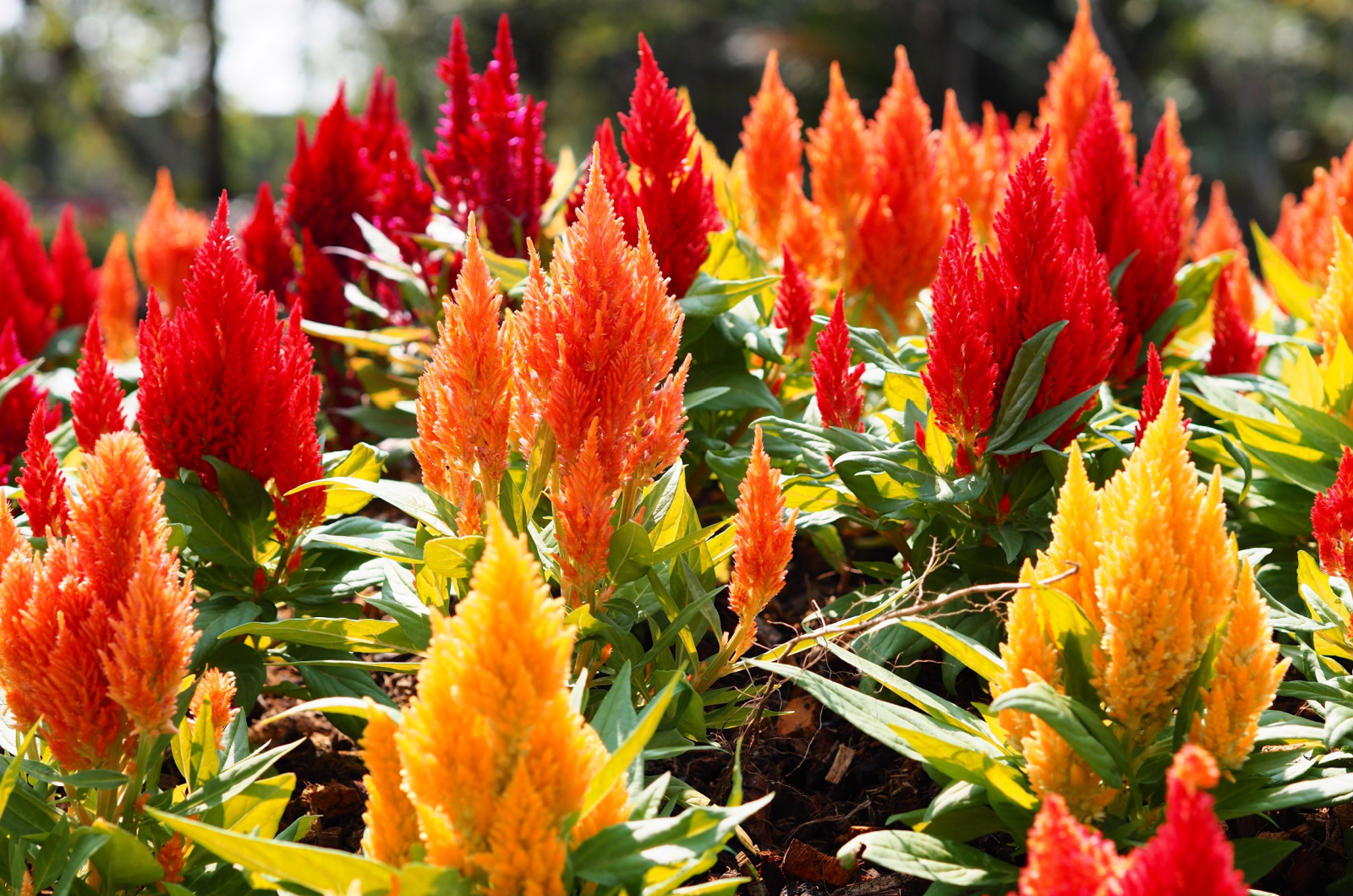If you want to add bold and bright colors to your garden, then celosia is the perfect choice for you!
Celosias are hardy annuals that produce flamboyant, colorful flowers in red, orange, pink, and yellow. These remarkable plants can tolerate various growing conditions and will adorn your garden with show-stopping flowers throughout spring and summer.
Celosia, a plant perfect for beginners, can be grown both in the garden and in containers. Therefore, it’s suitable for growing in both large and small gardens.
Ready to add a touch of brilliance to your garden? Let’s learn all about planting and growing celosias!
What To Consider When Growing Celosia
If you are planning to grow celosias, the first thing you have to consider is the hardiness zone in your area – these plants can be grown in zones 3 through 11.
They generally don’t do well in colder regions, which is why you must read the label and make sure that the variety is suitable for growing in your area. If it is colder outside, then you’ll probably have to delay planting them until the weather gets warmer.
You can plant celosia directly into the ground if the frost has passed – for those in cooler regions, this is usually done in mid-spring.
There are two distinctive types of celosia: Celosia plumosa (with plume-like flowers) and Celosia cristata (with a decorative crest). Choose the one that suits your style best.
If you are looking for compact varieties, then plumosa cultivars such as ‘Flamma Orange’ and ‘Burning Embers’ are the right choice; taller cultivars are ‘Asian Garden’ and ‘Flamingo’.
For cristata varieties, the most popular one is ‘Gypsy Queen’. Based on your preferences, grow them in the ground or in containers.
Related: 58 Colorful Plants And Flowers For A Stunning Garden Display
Celosia Planting Ideas
Celosias work well combined with other plants. For instance, if you want to achieve prolific flowering all summer long, plant celosias and poppies together. Add cosmos to the mix and you’ll have the best flower display in the neighborhood!
Additionally, you can grow them together with tropical plants like lantanas – these have similar requirements, which is why they work well together.
If you’ve decided to grow them in mixed containers, plant ferns and celosia close together to create a dramatic effect. In this case, you should put the container in partial shade and keep the soil relatively moist.
You could add some celosia companion plants nearby, too.
How To Grow Celosias Properly
We’ve mentioned that celosias are low-maintenance plants, but that doesn’t mean you should just plant them anywhere and forget about them completely.
For soil requirements, celosias like growing in soil that is rich in nutrients, so consider adding some organic matter to it. Full sun and warm temperatures are required for the proper growth and development of your celosias.
Temperatures below 40 degrees Fahrenheit will significantly damage your celosias. Keep in mind that these are tropical plants that thrive in humid areas – arid and dry places can lead to stunted growth and drying out.
Drip irrigation would be ideal when watering; they will need more watering during the warm summer months.
Since they like a lot of nutrients, you should fertilize them with a balanced fertilizer when planting, and then apply a fertilizer with high phosphorus content once a month .
Remember to regularly deadhead your celosias – this will help them produce more flowers and prolong the blooming period.
If you are growing them in the containers, make sure to water them more regularly and keep them in partial shade in the peak of summer because direct sunlight might quickly dry out the soil and burn your celosias.
You might like: 20 Fantastic Plants And Vegetables To Plant In Your Garden In August




